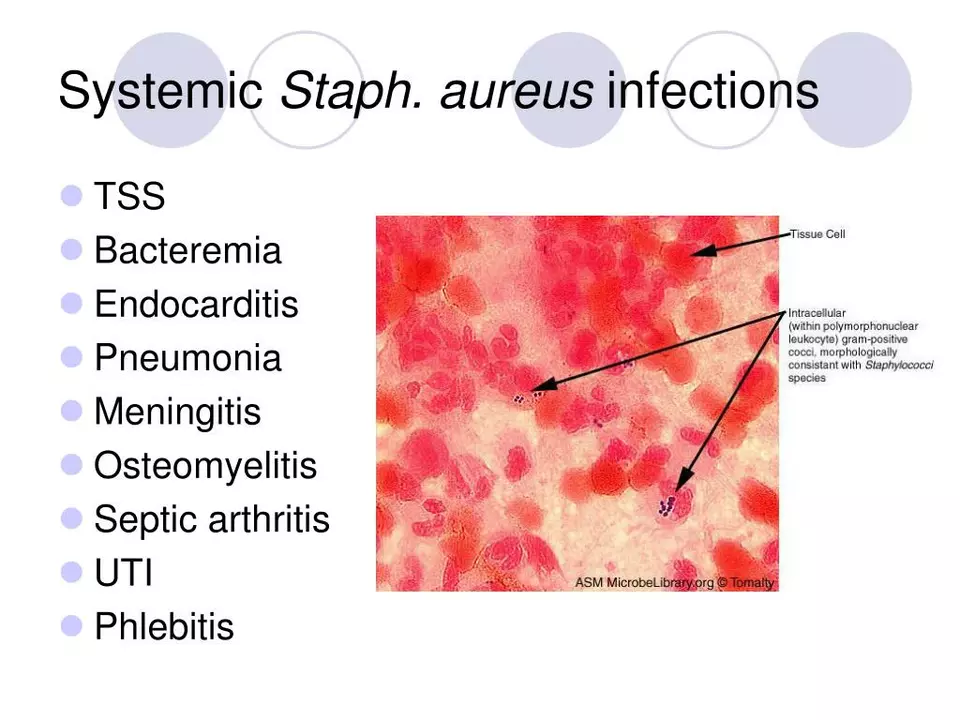Soft Tissue Infections: What You Need to Know Fast
Soft tissue infections affect skin, fat, and the layers below — things like cellulitis, infected cuts, and abscesses. They can look small at first but spread fast. A red, warm patch that gets sore or a painful lump that fills with pus are common. Don’t ignore these signs; timely care can stop complications like deeper infections or sepsis.
Common signs and when to see a doctor
Watch for these clear red flags: spreading redness, increasing pain, fever, red streaks heading away from the wound, or a hard swollen area. If there’s pus or a soft fluctuating lump, that’s likely an abscess and often needs drainage. Go to urgent care or the ER right away if you have high fever, fast heartbeat, confusion, or a rapidly growing red area — those could mean the infection is serious.
People with diabetes, poor circulation, immune suppression, or recent surgery should seek care earlier. Even small wounds in these groups can turn dangerous quickly. If you’re unsure, call a nurse line or your doctor and describe the symptoms — they’ll tell you whether to be seen now.
Treatment and home care that actually works
Treatment depends on the type and severity. Simple, mild cellulitis sometimes improves with oral antibiotics like cephalexin or dicloxacillin, while areas likely due to MRSA may need doxycycline or trimethoprim-sulfamethoxazole. Abscesses usually need incision and drainage; antibiotics alone often aren’t enough. A medical provider will decide which antibiotic is right based on how the infection looks and local resistance patterns.
At home, keep the area clean and covered. Warm compresses for 10–15 minutes, 3–4 times daily can encourage drainage and reduce pain. Change dressings daily, wash hands before touching the wound, and avoid squeezing or popping an abscess yourself — that can push infection deeper. Over-the-counter painkillers like ibuprofen or acetaminophen help but follow dosing instructions.
Follow-up matters: finish the full antibiotic course if prescribed, and go back if redness or pain worsens after 48–72 hours. If stitches or drainage were done, keep wounds dry as advised and watch for new drainage, fever, or spreading redness.
Simple preventive steps cut your risk: clean and cover cuts, trim nails, treat athlete’s foot promptly, and clean shared equipment at the gym. For diabetics, check feet daily and keep blood sugar controlled. If you get frequent infections or unusual ones, ask your doctor about screening for immune issues or nasal carriage of Staph aureus.
Soft tissue infections are common but manageable when caught early. If anything about a wound worries you — trust that gut feeling and get checked.

